“It’s a very internalized process and usually takes me months before I even start sharing my ideas,” says documentary photographer Alejandra Rajal when talking about her motivations for a particular story. She adds, “I also try to feed the idea, mostly through literature and visual art…” Rajal isn’t one to rush into a project, especially those that are delicate and need telling in a certain way. It’s this level of patience and attention to detail that’s making her a leading name in the field of documentary photography.
We hate banner ads too. Download our app for iOS, iPad, and Android and get no banner ads for $24.99/year.
Born and based in Mexico, Rajal has analyzed the world around her since she was a child. That curiosity sparked a thirst to share society’s most important stories. She has a good eye for what the world needs to see, and her hard work has landed her features in NPR, National Geographic, and The Guardian, to name a few.
Rajal is also a member of Women Photograph, a leading collective that showcases the best photography made by women around the world. Most recently, her talents were recognized by Fujifilm, as she was accepted into the Fujifilm GFX Challenge Grant Programme.
With her excellent resume, exceptional photography skills, and passion for what’s important, it was a no-brainer to speak with Rajal and learn more about her story.
Phoblographer: Hey Alejandra, what do you think influences and inspires you to share important stories with the world through photography?
Alejandra Rajal: Hi Dan, I think much of the inspiration and references for the ideas for the stories I want to tell come from how I process life itself. Since I was a kid, I’ve been a daydreamer and spent much of my time alone imagining possibilities and scenarios. As I grew older and became a photographer, I noticed that when I visit a place, meet someone or have a personal experience that has a strong impact on me, I tend to get fixated and look at it from all perspectives until I’m convinced I can tell a story.
Phoblographer: Let’s go back to the past. What was the first story you worked on as a documentary photographer? How was the experience, and how did it help shape your career?
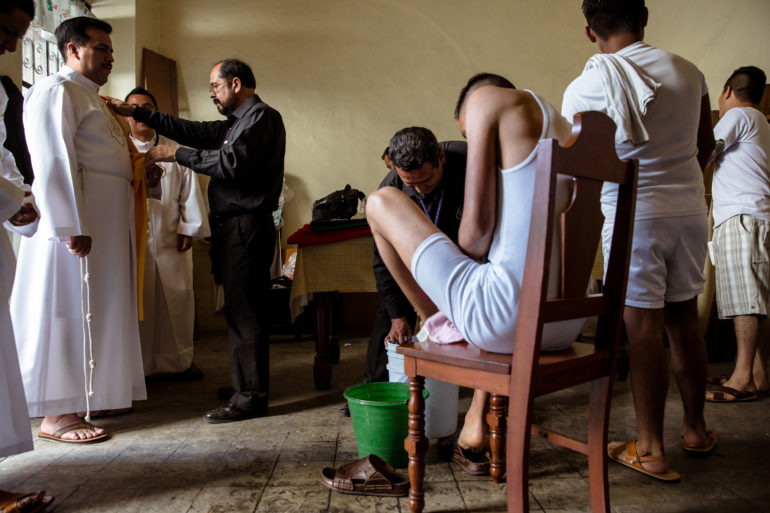
Alejandra Rajal: The first long-term story I worked on was a personal project named “Cultus.” I started it while photographing the annual Holy Friday procession in my hometown, which led me to follow a religious group for two years. The group was created in the mid-1500s and was banned at the end of the 1800s with the Mexican Reforma Laws. I found the story fascinating since I grew up in a very Catholic city and noticed that most Mexicans don’t know about the confraternities and their role during the evangelization and, therefore, their impact on our society’s faith. This project helped me understand what draws me into a story and mostly what motivates me to stay in it for longer periods of time. It was a challenge trying to gain trust and get access to a community that was extremely conservative, hierarchal, and patriarchal.
Phoblographer: How do you research and develop an idea for a project? How do you prepare before making photographs?
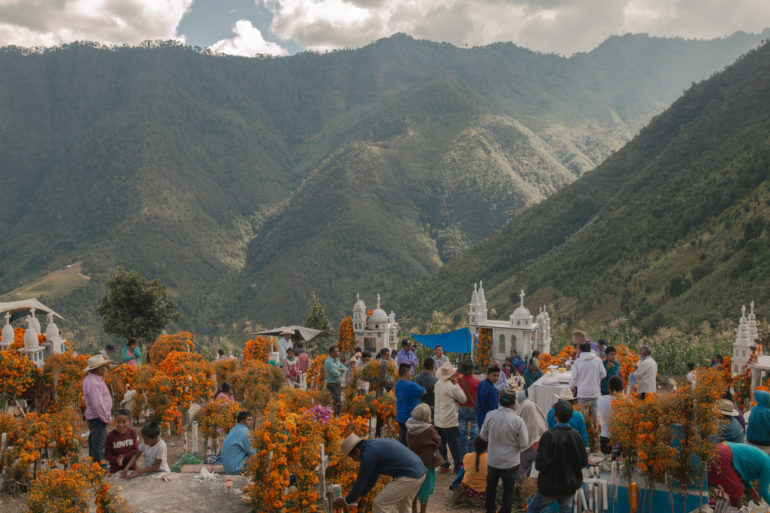
Alejandra Rajal: I think it depends on the scenario I’m facing with each personal project. In general, I read a lot, and I dive into research papers, news, and books. I look for the facts and things we know. After this, I start asking myself questions about what I think needs to be told or what is missing. In this part, I start reaching out to individuals and organizations.
Before I start taking photos of people, I’ll drop by and talk to them so they get to know me, see how we connect and understand what I am doing. While I do this, it is also when I start getting some inspiration and creative ideas. I am probably very rational at the beginning, but once I am on the field, I just follow my gut. Another preparation before taking photos is to consider the geography of the place; the weather, the type of light, color palette, so I deal with a minimum amount of difficulties during post-production since I mostly shoot with natural light.
Phoblographer: I’ve written about the creative and healing benefits of cannabis, so I was naturally attracted to your cannabis legalization project. Tell us why you chose to focus on this topic.
Alejandra Rajal: Thank you, I’d love to read what you have written about it. (What Happened When I Shot Street Photography on Edibles?)
Answering your question, I chose cannabis as a topic because I tend to choose topics that I think are “misunderstood” if that makes sense? It happened with the confraternity and also with the marijuana project. It is something that holds a strong preconception from people. So after getting support from the grant “New Narratives on Drugs” by Fundacion Gabo, I began working with Maya Averbuch, my friend and talented writer. We started to work on a series of stories around a change that was happening in Mexico and the legalization of the plant during the pandemic and after 100 years of prohibition. I really think it is worth trying to understand the fundamental beliefs we develop as individuals that make us think or act in a certain way. And this type of topic allows such questions.
Phoblographer: The entrepreneur you were working with had a brother-in-law in the drug cartel. Can you share what concerns or issues you had prior to and during the project?
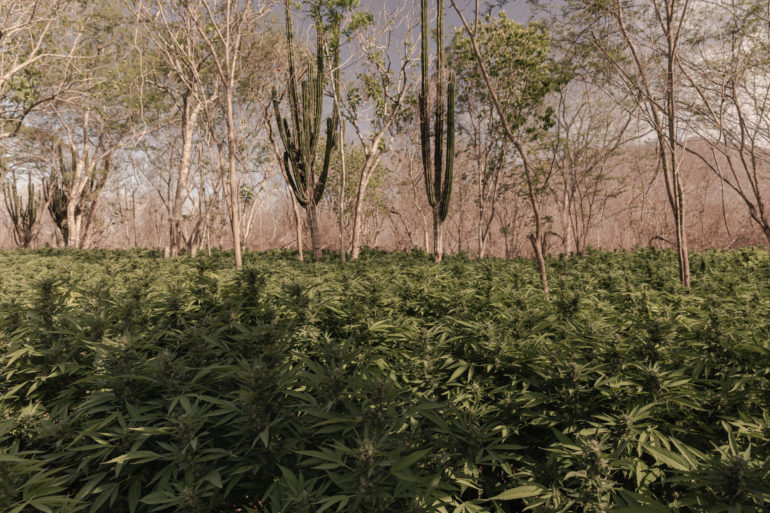
Alejandra Rajal: I think working in a country like Mexico, you always have to have security considerations in any story you tell, no matter the topic. But of course, with a topic such as drug policy, these considerations are more important. For us, the most important thing was being completely transparent about the process and project with everyone who was involved, and we asked for the same in return. Once you’re there, you have to follow your instincts.
Phoblographer: How do you feel about the project now that the work is complete?
Alejandra Rajal: I think I feel proud that we were able to carry this on for so long. We managed to do three stories around the topic in almost two years! We met incredible people and places. And I think I grew so much from this experience not only as a photographer but also as a person, so I am really thankful for having a partner like Maya on board with this. I think it would have been twice as hard if I was doing it by myself.

Phoblographer: You’ve recently had some wonderful news as you were accepted into the Fujifilm GFX Challenge Grant Programme 2022. Please tell us what that journey was like and how you feel.
Alejandra Rajal: Yes, thank you! I think as a freelance photographer, I feel you are always sending your wishes and hopes to the world, so when someone believes in you and what you do, it’s an incredible feeling. Knowing this project gets a chance to grow with such support makes me feel grateful and hopeful that it is worth fighting for the stories I believe in.
Phoblographer: You submitted your series The Changing Wave. Why did you specifically choose that series?
Alejandra Rajal: I’m really willful (or maybe just headstrong), so once I believe in a story, I’ll try and try, even if it takes me years. This was the case with “The Changing Wave.” It’s a project that has been waiting for an opportunity for so long. I started to develop the idea in 2019, but the pandemic made it quite difficult to work on it. So, I kept waiting for the right time until I saw the Fujifilm GFX Challenge Grant Programme and I thought, “this is an amazing opportunity. I have to apply.”
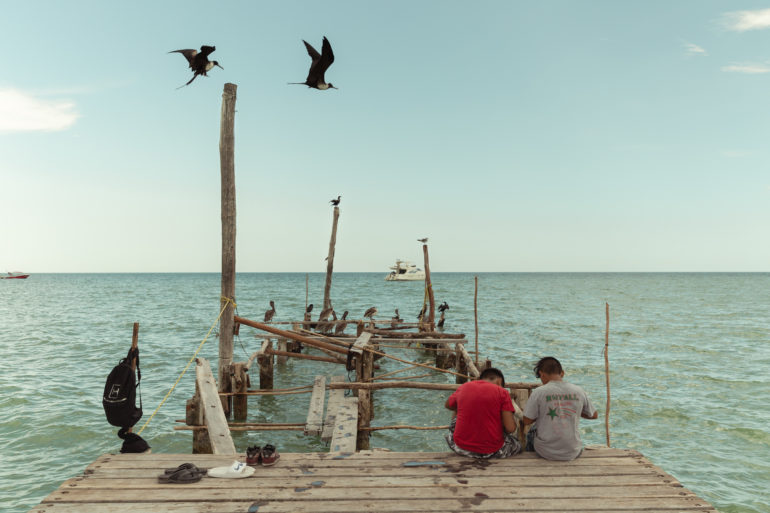
The Changing Wave is a project close to my heart because it talks about the human relationship with nature and takes place in one of my favorite regions in the world: the coast, where the earth and water meet. When I was a child, I grew up between the city of Puebla and the port of Veracruz, so every time I am at the sea, I’m full of reminiscences and something connects on a deeper level with me.
Phoblographer: Documentary photography can be intense, what do you like to photograph to escape the pressures of the work?
Alejandra Rajal: Funny enough, since I rarely feel I’m working when I am photographing, I’m not someone who takes photos every day unless I am traveling. I pour all my energy into the stories I do, so naturally, I end up physically and mentally exhausted. To recharge, I can be quite, boring? But relaxing and spending time alone is the best for me. I go for long walks with my dog and enjoy a nice reading or a writing session under a tree.
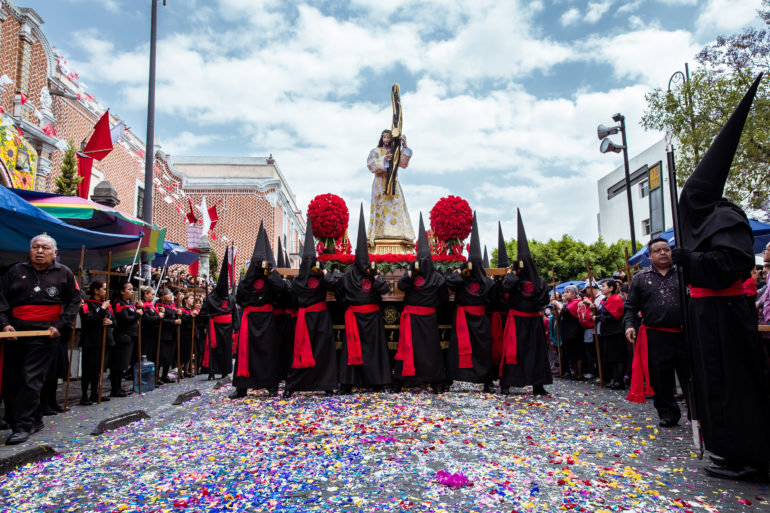
Visually speaking, I do observe people all the time and visualize them when I find something that strikes me as beautiful and unique. So if I can’t help myself, I will take up my phone and snap that moment.
Phoblographer: Before you leave, can you share any ideas or projects you’re currently developing?
Alejandra Rajal: Yes, sure. I don’t want to give out too much because I don’t know when these projects will be done. But there are a couple of projects I am working on too. One is related to public health and climate change somewhere in Central America. And the other is a very personal project I am starting about my childhood and family history after a personal loss I had last year.
You can learn more about Alejandra Rajal by visiting her website, Instagram, and Twitter.
All images by Alejandra Rajal. Used with permission.

